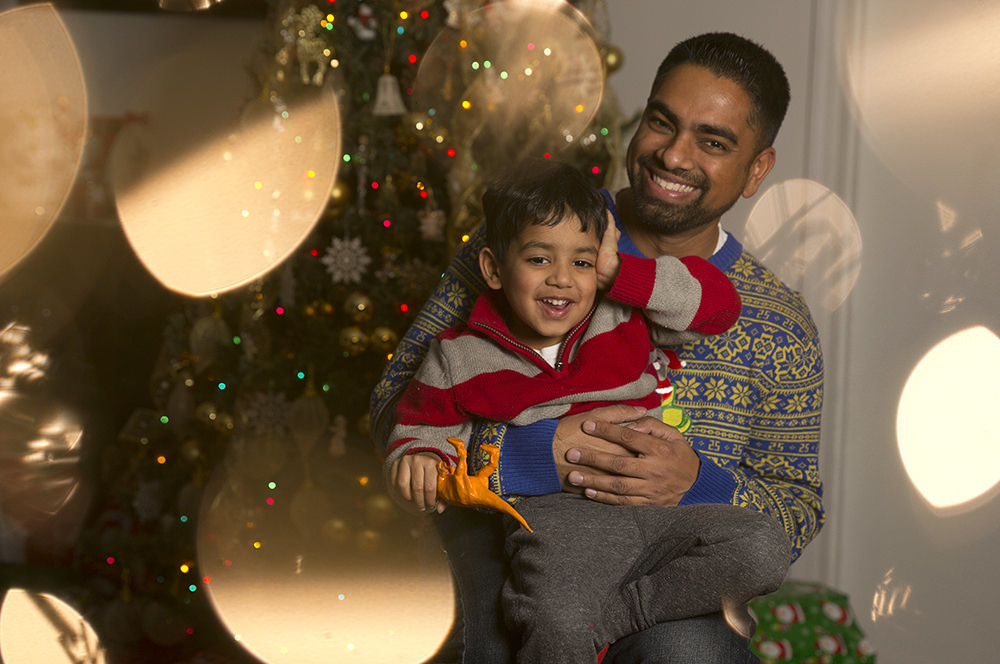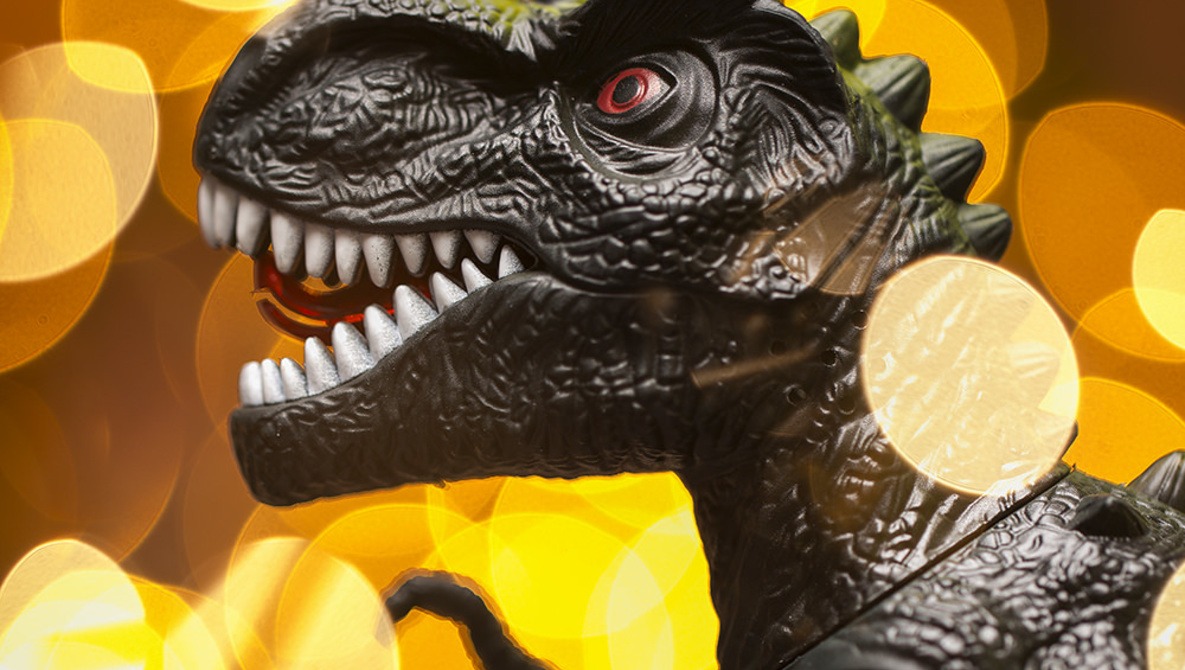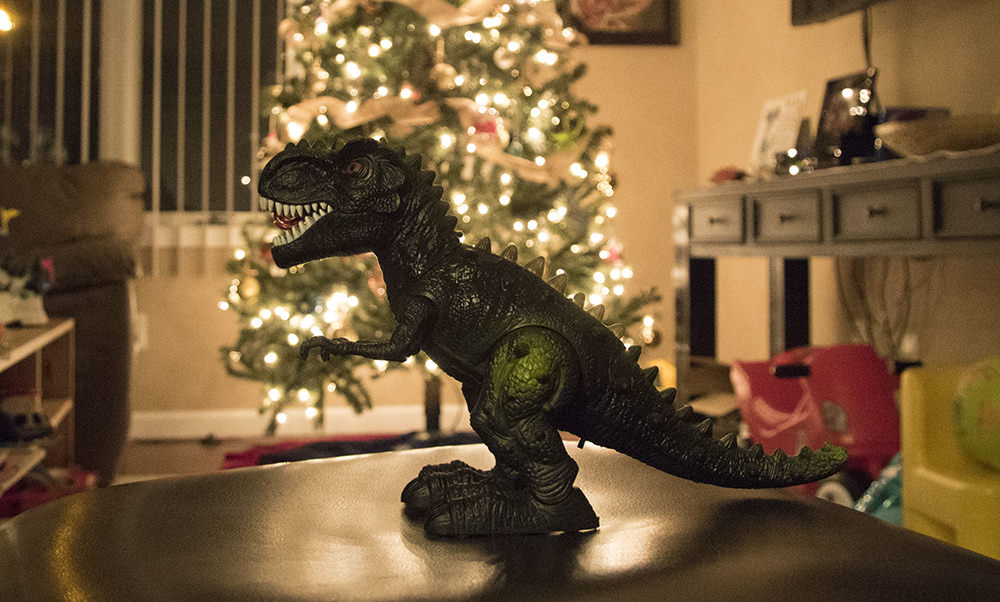So it’s January and you still haven’t taken the Christmas tree down yet? Perfect. Now’s a great time to play with one of the little-used but most fun modes of that new camera you got for the holidays. And if you didn’t get a camera, you can use the mode to breathe some new life into your old camera and photograph the things you (or in this case, my son) got as gifts. Friends, I’m talking about multiple exposure mode.
In the days of film, this technique involved shooting two images in one frame, with the resulting overlap sometimes creating unique and interesting compositions.
There’s a digital equivalent. If you’re a Canon or Nikon shooter, you’ve probably seen it buried in the menus and never touched it. If you’re a Fujifilm shooter, you’ll find it on the mode dial itself. On many cameras, it’s often marked by two squares intersecting with the overlapping area filled in.
So here’s where the Christmas lights come in. There are many ways to get interesting looks out of a multiple exposure, and here’s the setup I used for the featured photo at the top of this post. Nothing too fancy:
The most important part of the whole multiple exposure is to think about the pieces you’re going to use. In this case, it was all right in front of me. I had ready access to pinpoint highlights (a Christmas tree) and a willing subject (“Reptar” as my son calls this particular toy dinosaur).
The first thing I did was take a base image of the dinosaur. I placed it in front of the tree on a chair and photographed it using a Canon 6D and 100mm f/2.8L IS USM Macro lens, which I find creates quite pleasing bokeh. One of the nice things about shooting multiple exposures on a Canon 6D is that you can pre-load the same base image to create new multiple exposures. I could shoot one solid image of the dinosaur and then experiment over several different multiple exposures with overlays of Christmas lights.
Once I had the base image in hand, I flipped the camera into live view mode so I could see the placement of the lights as I shot it, and the end results differed with different exposure settings. I moved around the tree and shot different areas of the lights, experimenting with focus, exposure and the number of images I stacked on top of one another.
On a Nikon D750, you don’t get to preview the multiple exposure as you shoot it, and while there is an “overlay” option to piece together two images in the camera, it’s not as friendly an experience as Canon’s implementation. My Fujifilm X-T1 allowed me the same live-view preview as the Canon but sadly limited the output of the file to a JPEG image. Canon’s implementation seems the most robust here, with the combined file output as a very flexible Canon raw file.
This technique can spice up family photos as well. While I’d much rather be able to do it all in camera, like this photographer who shot some awesome portraits by layering the lights in the foreground of her photo, a squirrelly toddler prevents such things from happening, and so multiple exposure mode comes to the rescue:

I used a tree with colored lights for the background, then loaded the image into a multiple exposure and used lights from another tree for the foreground.
Perhaps not quite the same effect, but it’s something.
But in any case, don’t pack away the lights just yet. There’s still time to make use of them to make an interesting image. If you give this a try, please share your images in the comments below!








Ohhh good stuff I didn't know you can do this, will have to try because I love Christmas lights a little too much lol
If you love Christmas lights, now is totally the time to get them lol. 80% off when I went to Michael's the other day.